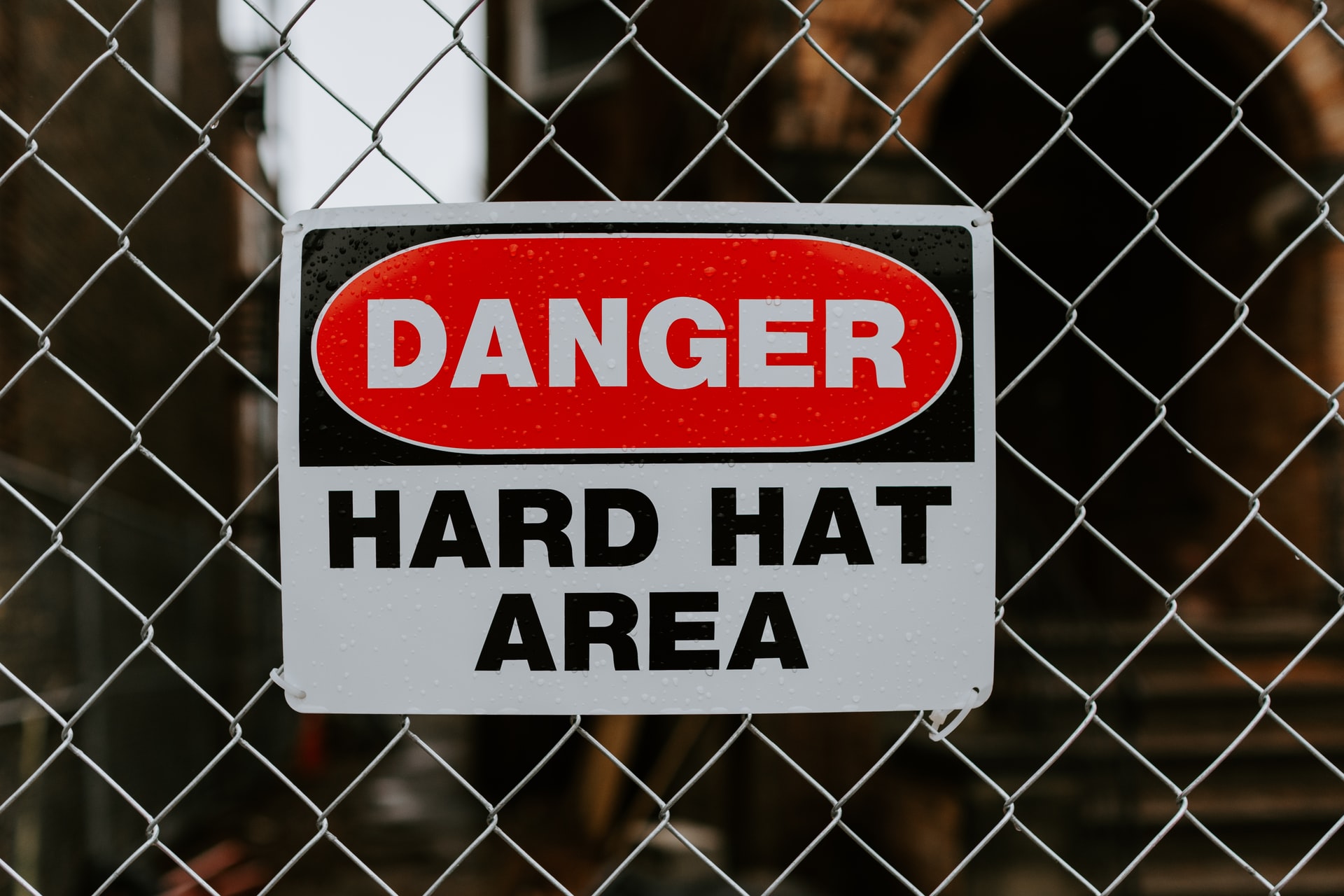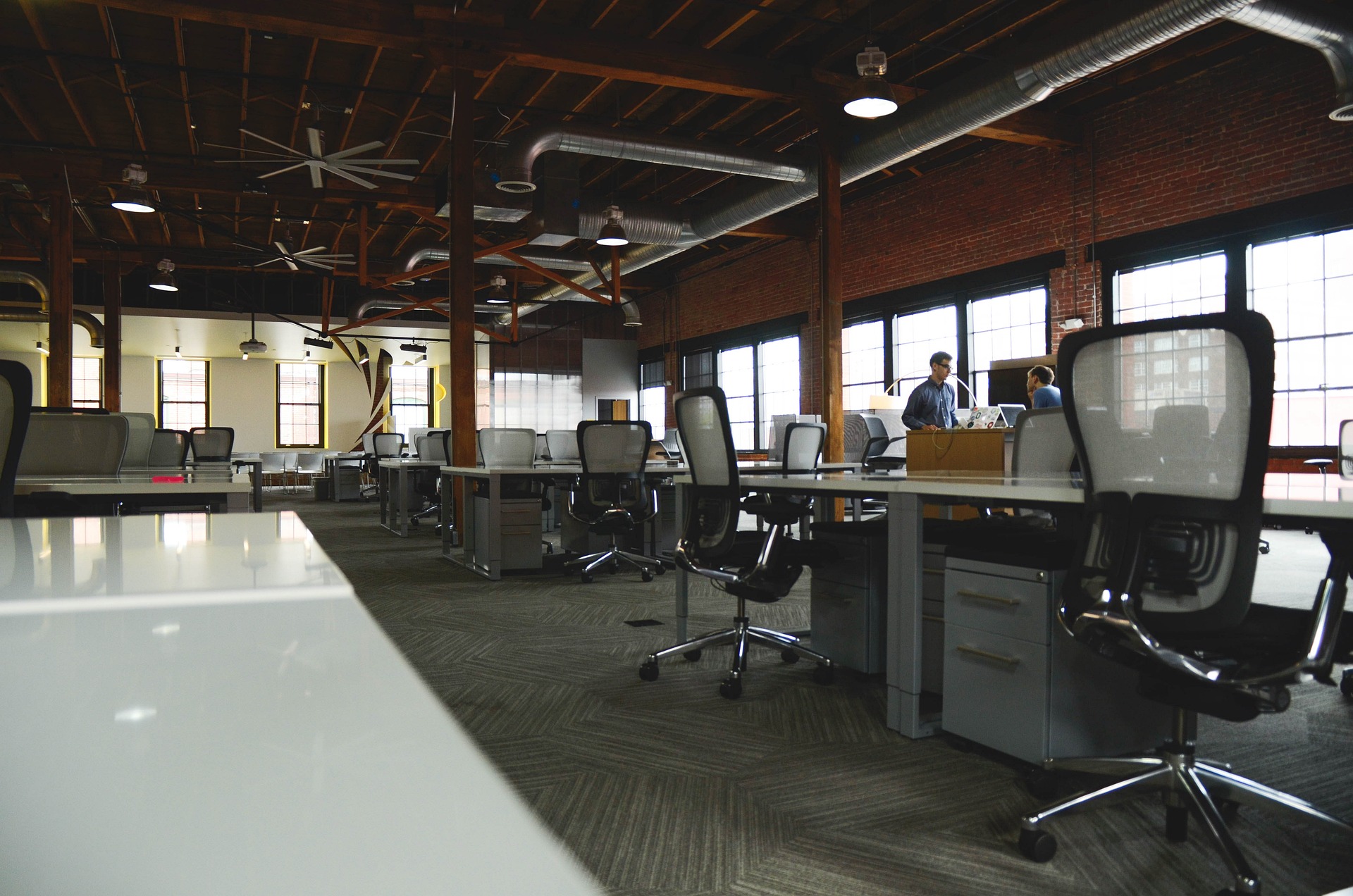Making our livelihood should be considered a fundamental human right. We need to have access to food, water, shelter, and fuel to keep ourselves and our families healthy and safe. While many humans worldwide still work directly with these needs—growing their own food, collecting their own water, building their own shelters, and collecting firewood or other sources of fuel themselves—many human societies contain extra steps.
In many countries, people make their livelihood by selling their work for money, which they then use to buy the goods mentioned above. This societal structure has both positives and negatives—it allows for more specialized labor and, in some cases, will enable people to focus on the work that they most enjoy. There are some negatives as well, of course—not everyone gets a job that they like. Not everyone receives a fair wage for their work. The prices of the goods necessary for health and comfort are often marked up to suit what the average person can pay (resulting in poverty for others). And most jobs require a functioning economy to continue to exist. Beyond this, people can become harmed or injured by their work, despite legal stipulations in place that mandate a healthy and safe work environment.
The following will explore some of the most common types of workplace injuries. You might be surprised to learn that your first instinct about a job’s safety might be incorrect as some of these injuries are more subtle than others.
Overexertion
Overexertion—an umbrella term for the result of pushing yourself too hard in either a physical or mental capacity—can produce several injuries, including strains, sprains, and fractures. Repetitive, prolonged, or sudden movements are particularly prone to cause overexertion. Extreme temperatures can also be the culprit. Workplaces need to be at a safe temperature for employees to work without the risk of overexertion.
Repetitive Stress Injuries
Overexertion also contains repetitive stress, repetitive strain, or repetitive motion disorders. They can include:
- Trigger finger
- Carpal tunnel syndrome
- Tenosynovitis
- Bursitis
- Ganglion cyst
- Tendinitis
- Epicondylitis
They are the result of completing the same motion over and over again, perhaps for years, effectively wearing out a part of the body. Those who type or use computers for work are at high risk, as are those who do assembly line work, tennis, meatpacking, gardening, sewing, carpentry, and playing musical instruments.
Physical Strain Injuries
Overexertion also includes injuries resulting from excessive lifting, pushing, pulling, carrying, throwing, or holding. Back injuries are particularly prevalent—especially if someone has to lift and carry objects that are a bit too heavy for them. Back injuries are commonly hard-fought workers’ compensation or personal injury cases. It requires a fair amount of evidence to prove a back injury resulted from the work and not something else. The average payout for back injury at work reflects the struggle for fair compensation for workers. If you witnessed someone experiencing a back injury from overexertion, be sure to let them know that you saw it and would be willing to testify. Coworkers don’t let coworkers suffer unnecessarily.
Falls, Trips, Or Slips
Injuries can, of course, result from someone falling, tripping, or slipping while at work. This can include tripping on a single level, where the person lands on the same level they fell on or falling from a height. Injuries from this type of workplace accident happen most often in warehousing, agriculture, and transportation, but they can occur anywhere.
Contact With Objects Or Equipment
This is a broad and gentle way of saying: being hit with an object or piece of equipment. This could include situations where a tool fell on someone, a golf cart hit someone, a wall collapsed, or any other contact with equipment that resulted in injury. It can also include getting tangled with cords or wires or having clothing or body parts caught in machinery. The most common results of this type of workplace accident are lacerations and puncture wounds.
Workplace Violence
It shouldn’t happen, but it does. In some instances, bullying, harassment, violence, or aggression can be experienced by someone while they work. Workplace violence could be due to a boss, colleague, or customer’s actions and can result in psychological conditions like anxiety or depression, but also pain, bruising, or cuts.
The above accidents and injuries are by no means every possible thing that could go wrong in a workplace. Remember that you always have the right to refuse unsafe work. If something feels dangerous to you, speak up. It’s not only your health and safety potentially at risk, but that of current and future employees as well.






Leave A Comment